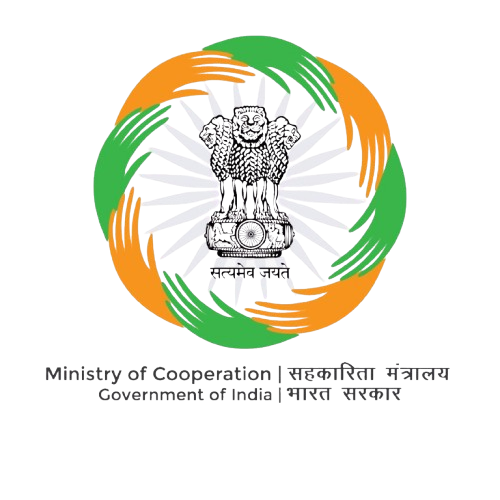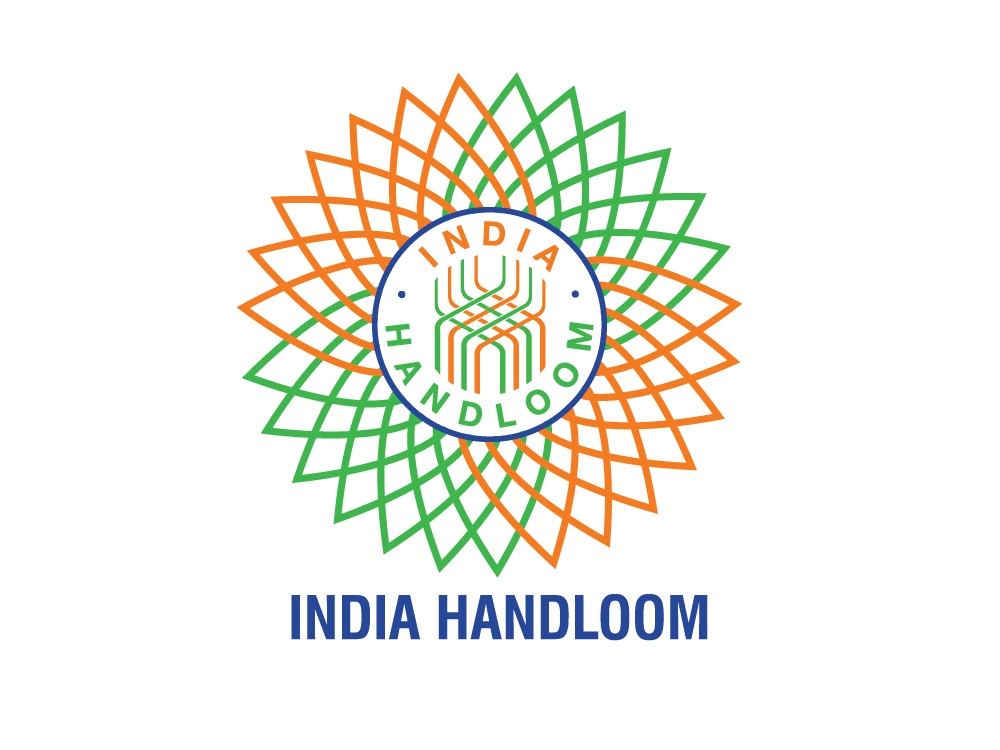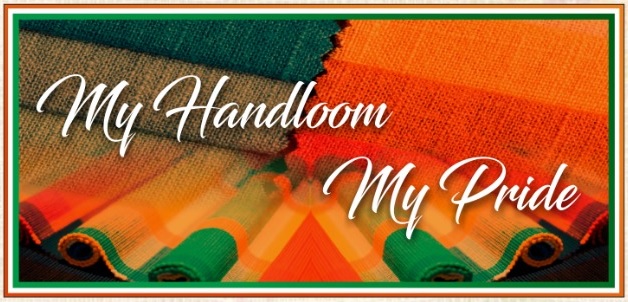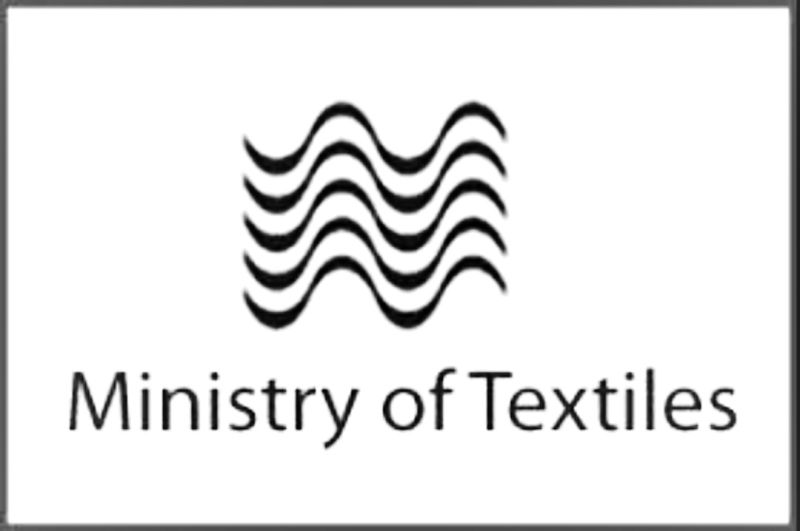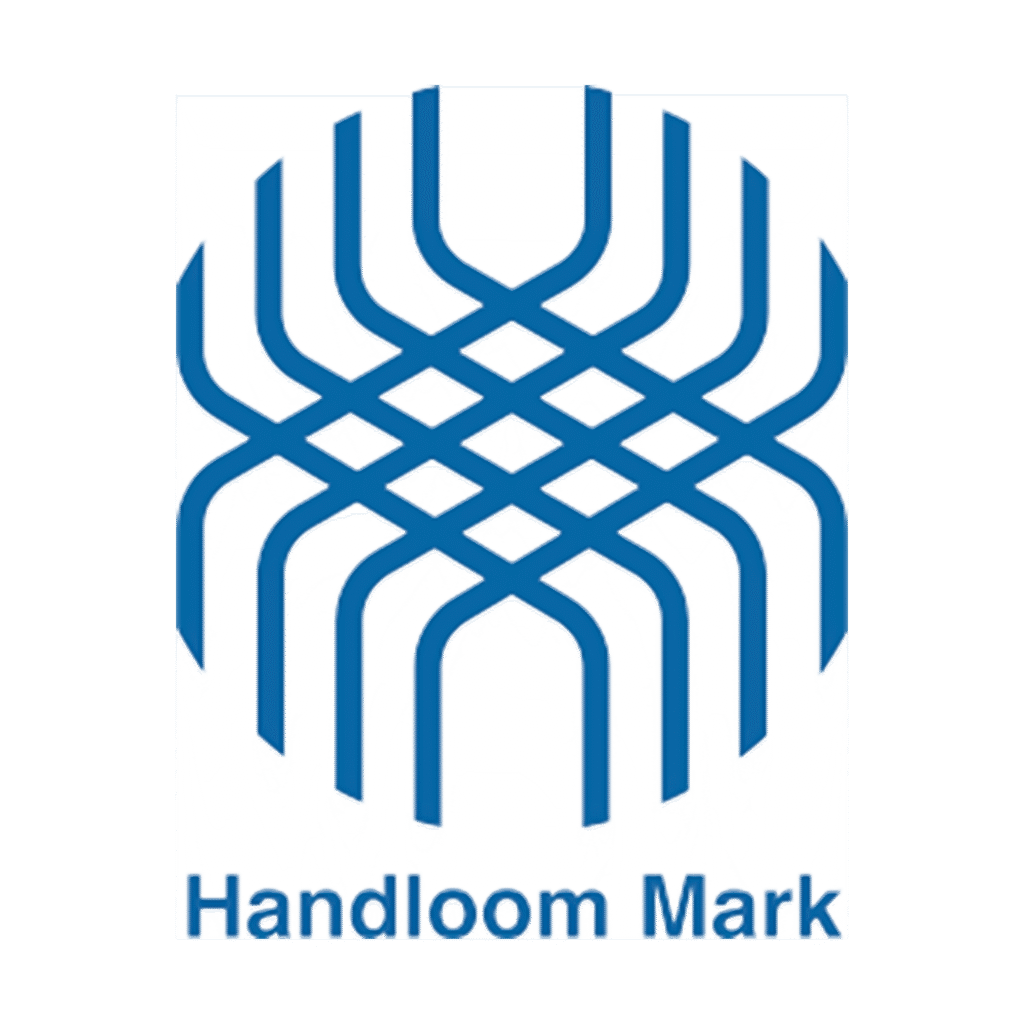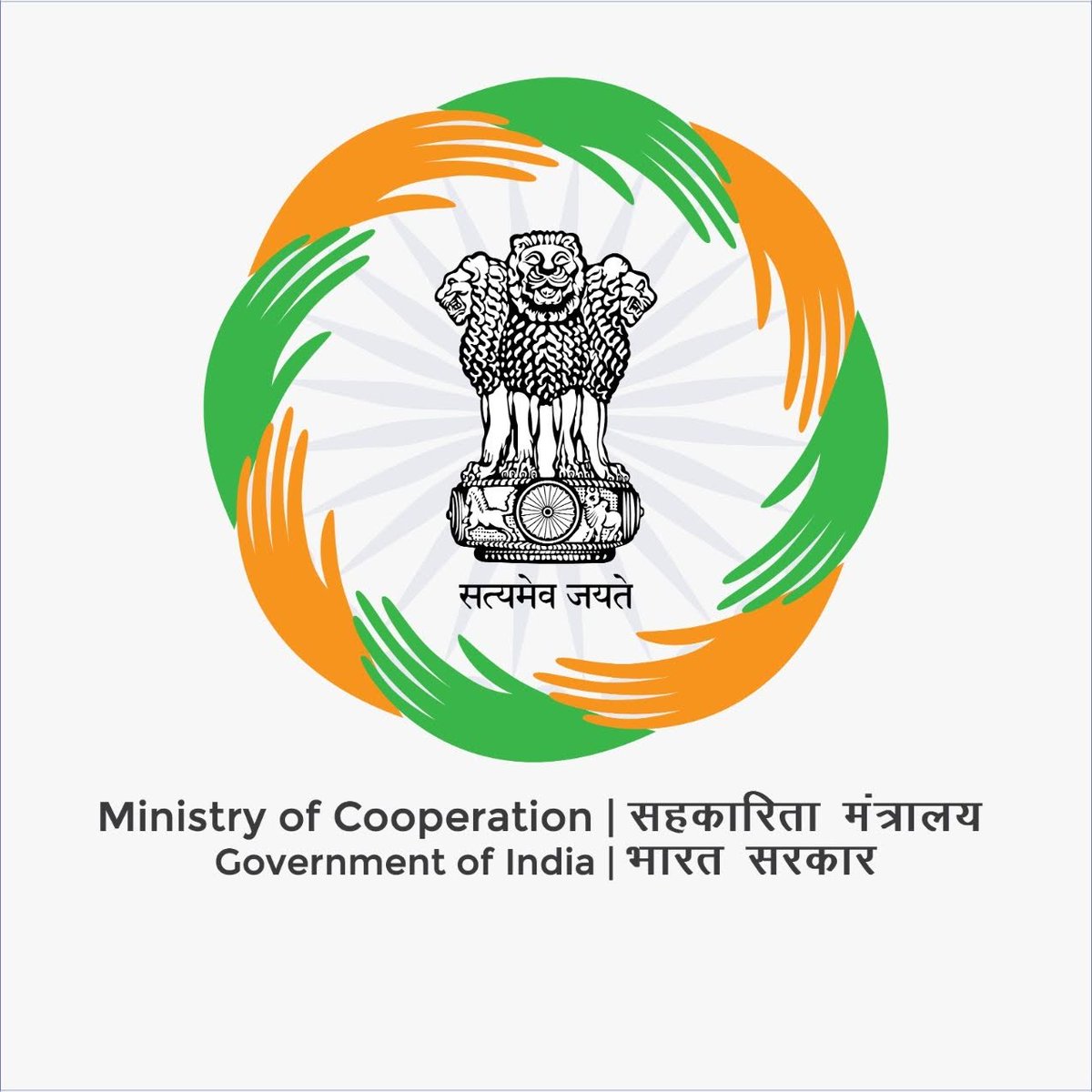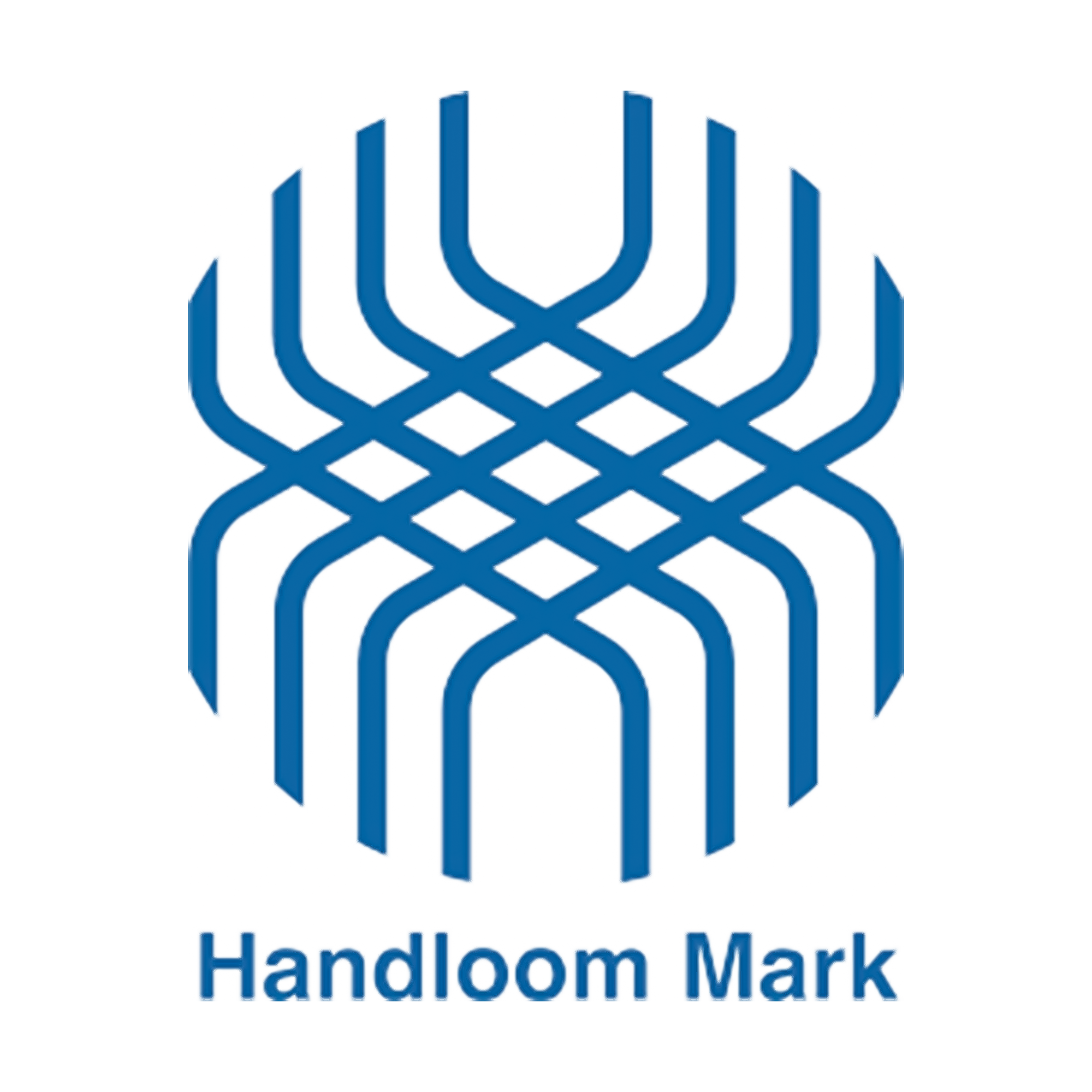HISTORY
INTRODUCTION
The Manipur State Handloom Weavers’ Co-operative Society Ltd, was registered in the year 1954-55 with initial enrolment of 28 member societies. Shri P.C. Mathew IS, the then Chief Commissioner of Manipur was its first Honorary Chairman. The Affiliated member of the society have gradually increased to 4223 numbers as on 31st March, 2015-16. Now the society is known as the Manipur Apex Handloom Weavers & Handicrafts Artisans C.S. Ltd. (AWAS), Paona Bazar, Imphal.
The main objective of the society is the promotion of the handloom industry by way of buying back the finished products of the member societies. The society also offered-exchange of finished cloths with the raw material like yarn, loom accessories, appliances etc. The area of operation of the society is whole of the state Manipur.
The Apex Society is affiliated to the Association of Corporation and Apex Societies of Handloom (ACASH) and All India Handloom Fabrics Marketing Co-operative Society Ltd. and HEPC. These three organizations are national level organizations and are assisting the state apex organization for marketing and export of handloom fabrics.
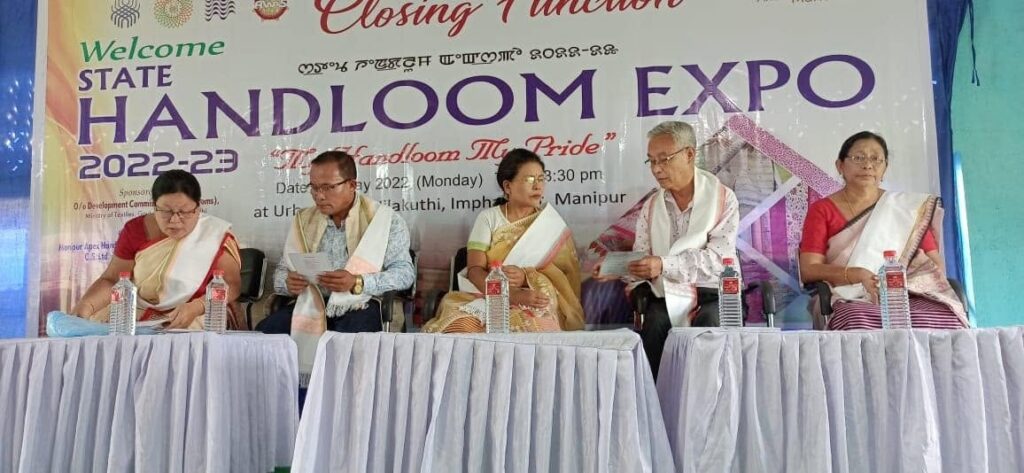
- Primary members:The primary members of the Apex Society are those Primary cooperative societies that are engaging in the Handloom and Handicraft sectors in the state in their respective areas of operation. They are all registered under the Registrar of Cooperative Societies, Manipur under the Co-operative Societies Act, 1976 and then affiliated to the Apex Society as to be the bonafide member of the society.
- Existing staff strength:There are altogether 13 employees in the organization of Apex Society excluding the Managing Director, who is deputed by the Co-operative Department, Govt. of Manipur. Among them there are included one Business Manager, one Accountant, one Depot Manager, Three Assistant Depot Managers, three Peons, One LDC, one Handicraft Consultant, one Handloom expert, one Handicraft expert. Above all this, there is elected) Board of Administrators (BOA) in the form of 1 Chairman and 6 BOA as of now.
- Present assets (Movable and non-movable, cloths in the stock, turn-over per annum):The existing assets shall be equivalent to the value of amount to Rs.20,44,121.00 including the recoverable amount from agencies and advance paid to various organizations and persons.
Beneficiary societies are those having linked with PPS/DDHPY/IHVDP/MMDW/ICDP/NCDC, and others are the regular supplier of popular and prescribed handloom cloths to the Apex Society to feed its Cottage of Handloom, demand from local consumers, state and national level organizations like the ACASH, orders from the state, national and international level buyers and agencies. As per the norms and functioning of the Apex Society business dealings have been conducted by purchasing the finished products from the weavers or through the societies having potential to meet the demands for marketing. A potential society or weaver is judged by way of collecting and analyzing the work profile, production capacity, family’s dependence on handloom, number of family members engaging in the handloom activities, their source of income and monthly income, ownership of handlooms, working conditions as skilled or semi skilled weavers, etc. Some of the findings and observations are analysed as under-
A. Working Status:
Confirmed that almost all the handloom weavers were taking weaving occupation as a part of their family vocation and it was found that mostfamily members having in between the age-group of 18 to 55 years induding old aged wormen in the household were generally contributing to the works.
B. Handlooms in Working Condition:
There are more than 4223 numbers of sodeties till date under the Apex Society has been understood that two-thirds (63%) of the weavers’ families have 1-2 sets of handlooms in working condition, while about one-fourth (22%) have 3-4 sets in working condition and the remaining one-sixth (15%) had more than 4 sets in working condition.
C. Workers Engaged:
Most of the weavers are being assisted by 2-3 workers each in the operation of this occupation. Typically, there are three workers needed for two handlooms like while two weavers are working in two looms the other one will supply them the wound yarns on bobbins and other necessities. Thus, the sector not only maintains sustenance to weavers but also generate employment for others.
D. Ownership of Looms:
Out of the total societies affiliated to this society, 54% were found to be real owners of their handlooms and the remaining 46% were provided looms by the traders and entrepreneurs. District-wise collection shows that Imphal District both East & West has the highest concentration of weavers with owning looms followed by Bishnupur District .This. clearly suggests a low level of income amongst weavers as more than 45% of them are not able to afford even basic looms which would cost around RS. 13,000/-.
E. Weavers by Gender:
Out of 4223 societies, only 13 numbers of societies were found managed by men and the remaining 4210 numbers were by women. Weaving is thus female dominated occupation and role of male is limited even though initiatives to encouraged and support them have begun taking up by departments and other agencies.
The Directorate of Handlooms & Textiles, Manipur and Co-operative Department, Manipur has extended many developmental as well as welfare assistances for the Primary Weavers Co-operative Societies like Project Package Scheme, Integrated Handloom Village Development Project, Deen Dayal Hathkargha Protsahan Yojana, Health Package Scheme, Workshed Scheme, ICDP, Common Workshed of NCDC, etc.
The member societies are more or less given the above facilities for improving the production of handloom cloths in the state. Therefore, it can be presumed that the beneficiary societies of the above Departments have, now in a better positions for supplying the handloom cloths to the Apex Society.
PROFILE OF THE SOCIETY
INTRODUCTION
Looking towards the tapping of traditional resources for sustainable development of artisans in the State of Manipur, Shri. H. Ramani Singh, the then co-operator initiated to set an apex handloom cooperative society.
He made convinced 23 persons to join with him in the formation of one state level handloom cooperative society. With this outcome, the Manipur State Handloom Weavers Cooperative Society Ltd. came into being in the year 1954. It got registration on 7 February 1955 (Regd. No. 23 of 1954-55 under the Presidentship.
The basic mission of this society in its initial stage was to create economic opportunities linkages.
This Apex Society has been rendering all possible services to the affiliated primary level handloom weavers’ cooperative societies in the state.
The Apex Handloom Cooperative has changed its business Strategy with incorporation of handicraft activities. To suit to the new strategy the nomenclature of the cooperative has been changed to the Manipur Apex Handloom Weavers & Handicrafts Artisans Cooperative Society Ltd (AWAS) with effect from 21 March 2009.
MAIN ACTVITIES:
Main activities undertaken by the Manipur Apex Handloom Weavers & Handicrafts Artisans Cooperative Society Ltd. are:
1.Procurement of yarn and distribution to primary handloom cooperative societies.
2. Procurement of raw materials and distribution to handicraft societies.
3. Sales of cloths, handicraft products produced by the affiliated societies.
4. Creation of facilities for supplying handloom appliances and essential equipment for handicraft societies.
5. Development of market network for potential products.:
The Apex Society procures required yarns from National Handloom Development Corporation Ltd. (NHDC). To procured yarns are supplied to the needy weavers members of primary weavers’ cooperative societies. Supplying yarns to weavers is carried out with the facility of subsidized rate of yarns through primary handloom cooperative societies.
OBJECTIVES:
The main objectives for which the federal society was instituted are:
1. To raise money required by way of shares, borrowing, etc.
2. To purchase either for cash or credit such as raw materials (including yarn) and appliances as may be required for the industry and sell the same either for cash or credit to the member societies and others.
3. To grant advances to the member societies.
4. To purchase and hold in common or let on hired improved appliances connected with the industry.
5. To purchase or receive for the sale of the finished products of member societies and other with the approval of the Board and sell the same to the best advantages.
6. To purchase and supply the requirements of member societies and others.
7. To establish and run manufacturing units.
8. To undertake preparatory and finishing processes such as dyeing, finishing, etc. in connection with handloom industry and for this purpose to run more factories for weaving printing etc.
9. To advice weaver societies in general and member societies, in particular in regard to production of improved and easily marketable patterns and designs and also to conduct research.
10. To develop, assist and control the work of member societies.
11. To arrange holding of periodical conferences of handloom weavers a& handicrafts artisans and for taking necessary action on the commendations made in such conferences.
12. To publish stock, distribute and sell leaflets, pamphlets and book dealing with the handloom & handicrafts industries and allied subject and try to bring more weavers under the cooperative fold.
13. To own and maintain or hire vehicle for the purpose of transporting its own goods and those of its member societies.
14. To acquire land buildings by purchase or otherw0se to meet the requirements of the Society.
15. To undertake production, purchase and sale of handicraft articles, and
16. To do such other acts as may help the attainment of the above objects and the development of handloom and handicraft industries and improvement of economic condition of weavers and craftsperson.
